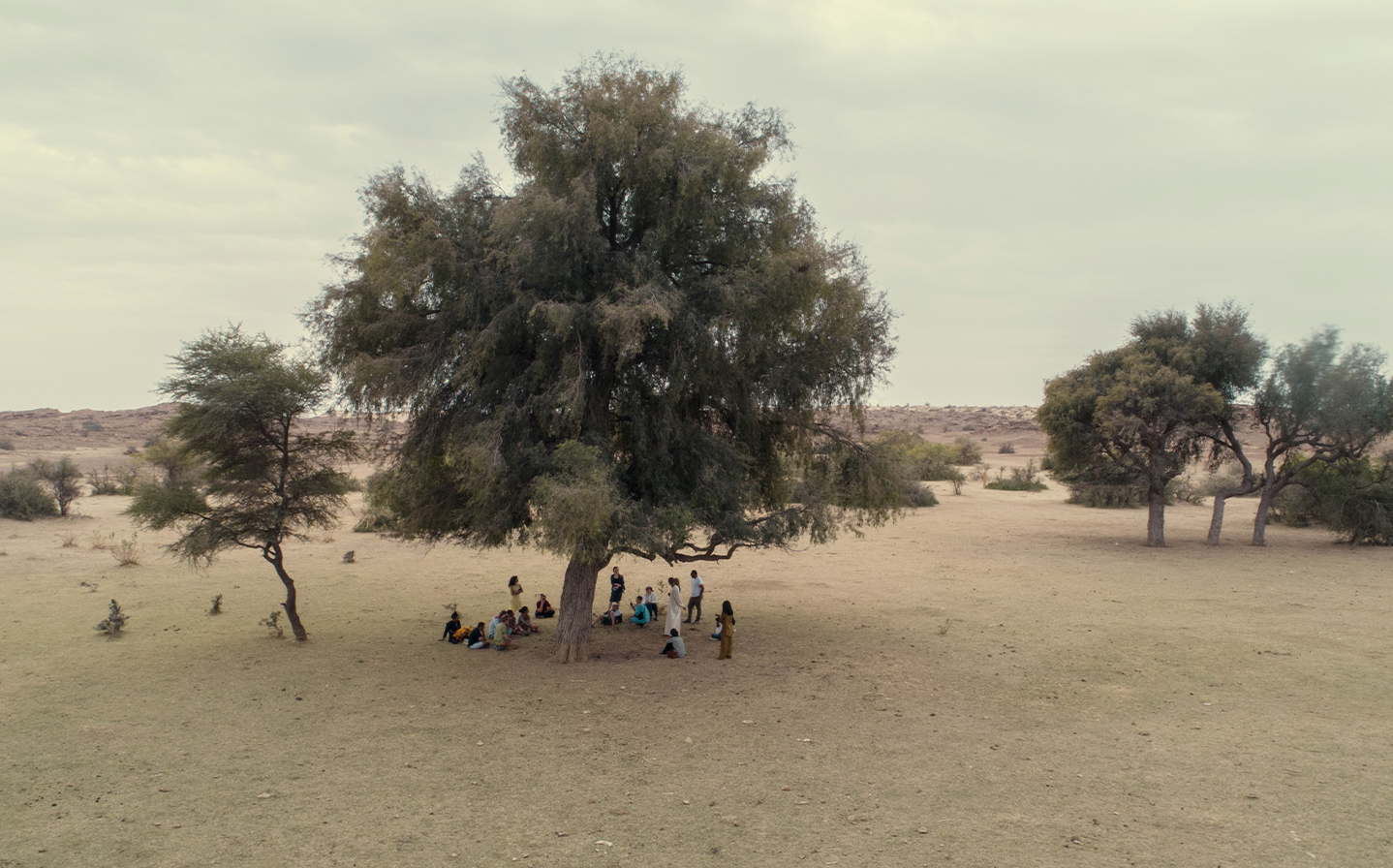Front page of original website
DHUN / RAJASTHAN, INDIA
A PLACE FOR LIVING
Since its inception in 2016, I have been providing narrative concept design and copy for this planned community project near Jaipur, India. The brainchild of Manvendra Singh Shekhawat, a cultural conservationist, boutique hotelier and INK Fellow, Dhun combines time-tested traditional construction techniques and sensibilities with modern technological advances. Dhun marries the best that humanity has to offer, across cultures and across time, and considers the needs of the local ecology, the individual, the community, and finally the sustainability and efficiency of its systems, in that order. Dhun is to be a living development that helps people develop their lives.
At Dhun, I research relevant planned communities and histories and help the core team develop and write presentations and talks. I also curated and wrote most of the copy for the first version of their website, which has evolved considerably. Earth One visited Dhun in 2022 and created a short film about their experience which wonderfully illustrates the ethos and mission of Dhun.
Statistical charts from original website
The Story
When I first met Manvendra, Dhun was an organization that had just begun building its body, but was already thinking about its soul. What are we doing and how are we doing it? Why are we doing it that way? How is that important to you? To India? To the world? How can we describe it? How should we describe it? How can we do it comprehensively? Succinctly. Can we say it in five minutes? In two? In one sentence?
They had secured the land, built two lakes, planted 60,000 trees — with plans for 3 million more — and conducted extensive environmental research. They built a functioning dairy farm. They rescued thousands of intricately ornate architectural relics from demolition and had them stored on site, ready to be incorporated into Dhun’s construction in novel ways. Now it was time to get the word out and start designing a better city for the future. They wanted to reach out to the people of India and the world over, to create a living development model rooted in the country’s vast cultural heritage and history while drawing a continuous line between its past, present and future.
DRAWING A LINE IN THE SAND
They needed to meet with government officials and potential investors. They had to negotiate state policy and navigate cultural contexts, inspire investors, attract collaborators and artists and select the right master architect. In short, they were ready to put their vision down on paper and up in lights — to communicate with the world via all relevant means and media. And Manvendra wanted this all to be done with a poet’s touch. Dhun is to be a living development that helps people develop their lives, so it had better sound like there’s a human element at its core.
He believes in people. In particular, he believes in swaraj, a Hindi word that essentially means self-governance. And his conservation work reflects this on a massive scale. When I met him, he had recently directed a highly successful campaign that led over 3,000 residents of Jaisalmer, home to Sonar Killa, the world’s oldest living fortress, to clear it’s ramparts and streets of years of accumulated waste.
This is but one of Manvendra’s inspiring social engagement enterprises. Dhun promises to be his largest and most complex. I continue to help him and his team tell their story, and the story of Dhun, charting the progress and evolution of these projects and their connection to each as they point to the promises of Dhun and what is possible when people come together to make their own home on their own land in their own way.
Title card from Dhun’s inaugural artist residency program, which I conceived and branded





